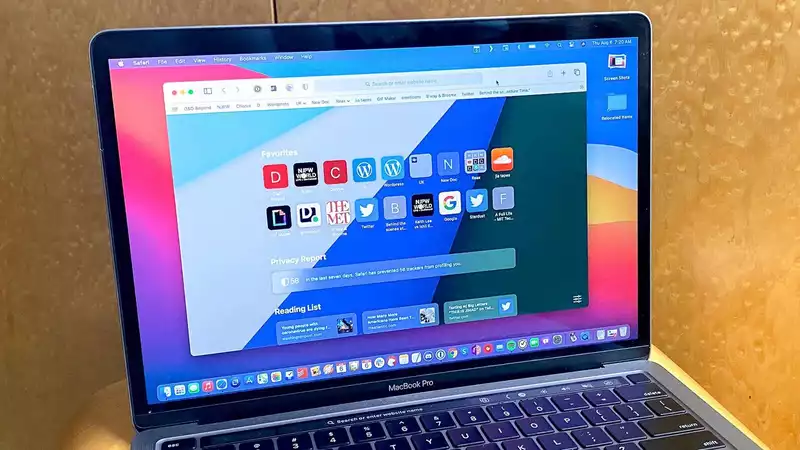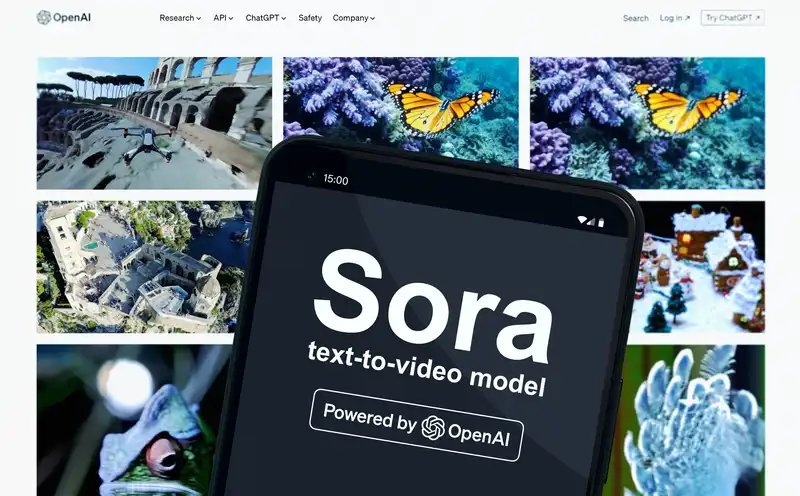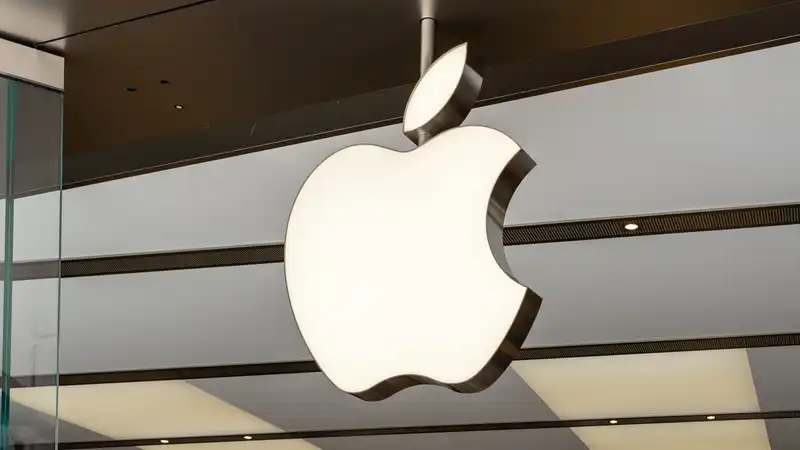Finally, the macOS Big Sur is here After the September 15 event, Apple released iOS 14, iPadOS 14, watchOS 7, and tvOS 14, along with other major operating systems
But today we get Big Sur, and it coincides with the big reveal of Apple's new Apple silicon Macs, including the new MacBook Air (2020) macOS Big Sur makes Safari a more complete browser and adds a new control center that iPhone and iPad MacOS Big Sur will be a big step forward, as it will help bring together many system options in the Control Center that iPhone and iPad users are familiar with
In addition, Big Sur focuses on bright colors and transparent layers for menus and windows You will also notice that Apple's application icons are the familiar rounded rectangles, similar to the iOS app icons
Big Sur also finally supports iOS apps on Macs with the Apple M1 chip Just ask any Chromebook user without a touchscreen if they are comfortable using Android apps without the ability to tap the screen
Now that you know what Apple's last Mac update brings, here's a complete guide on how to download macOS Big Sur:
My least favorite aspect of Big Sur is that my MacBook Pro is not supported I have a 2012 MacBook Pro, the first MacBook Pro with a Retina display, and this is the first major update that is not supported Is your Mac also not supported?
Here is the full list of supported Macs:
There is no more important step in doing a proper major version update than making sure your data is duplicated For this reason, I keep multiple backups Locally, I have a hard drive that I back up via Time Machine, and in the cloud I use Backblaze, one of the best cloud backup services available today
This is because no matter what anyone says, major software updates come with risks One of your apps may become unusable (more on this next), or there may be bugs left over that were not squashed in beta testing
We all rely on certain apps for work and personal use Personally, I need Pixelmator for image editing
That is why you should find the official websites of these applications and see what their developers have to say about Big Sur support If their site does not mention Big Sur at all, that is a red light
You don't want to install macOS Big Sur and find that one or more of the applications you need to make a living are broken
After this, you will be ready to actually install macOS Big Sur The installation process often takes a while, so be sure to set aside some time
If you do not see this option, wait a bit These things tend to take a while
Here is the end of my screenshot This is because the laptop used for this process is the aforementioned 2012 MacBook Pro, which does not support Big Sur
From this point on, macOS Catalina gives me a fairly simple installation procedure to get Big Sur It's all intuitive, but don't skip too many menus as Apple will explain new features and give you options for system customization










Comments